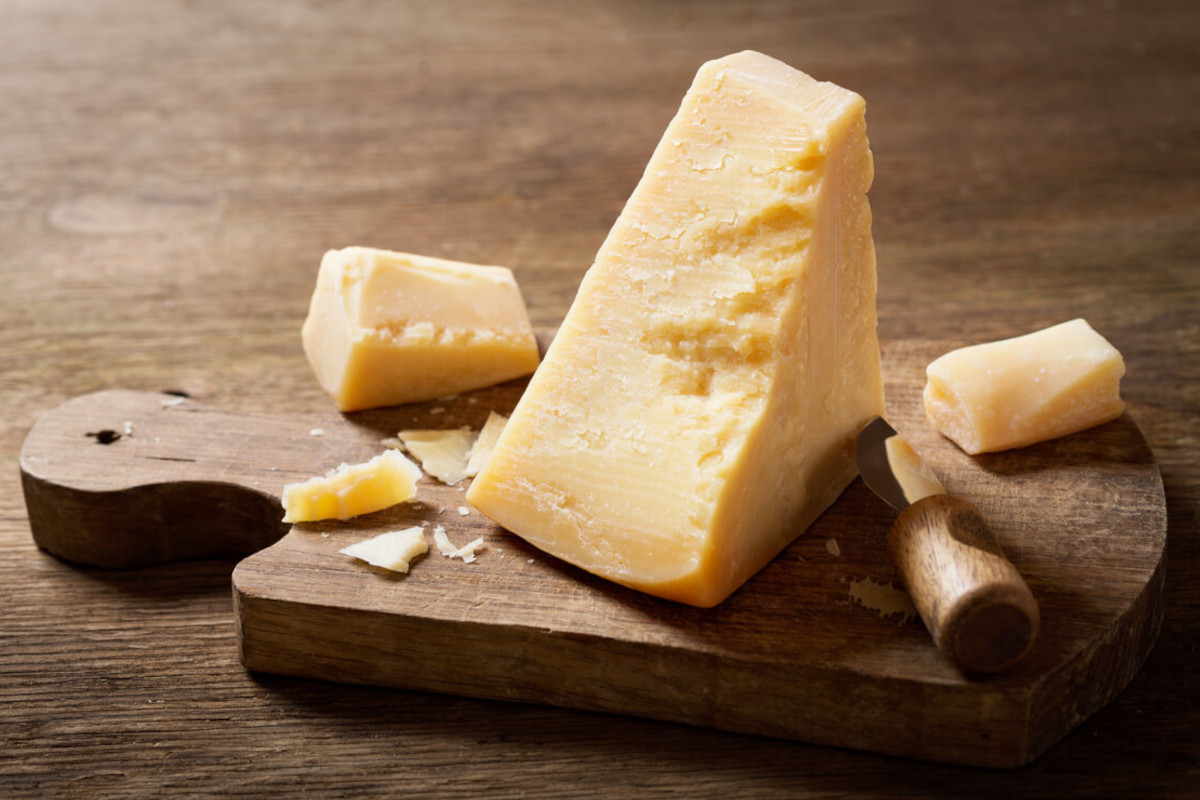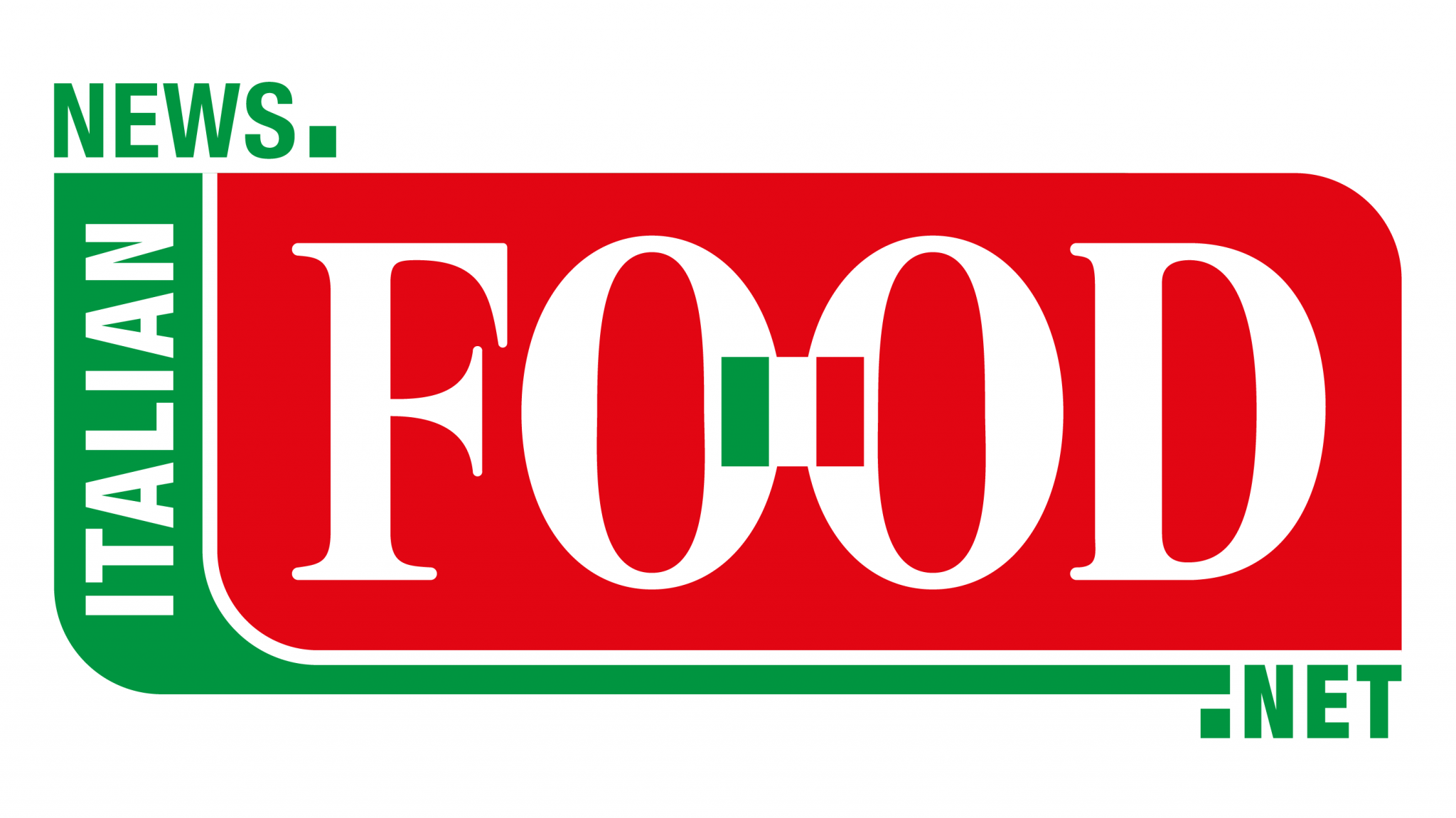
Italian cheeses exporters have raised alarms over a proposed hike in U.S. tariffs, warning that new duties set to take effect from August 1st could severely damage a sector that generates hundreds of millions of euros in trade.
Cheese is among the most exposed Italian exports following a letter from U.S. President Donald Trump, which confirmed the implementation of a 30% tariff on selected EU food products. Italian cheeses exports to the U.S. already face a 15% duty, and industry leaders say the cumulative impact could be devastating.
“This is a serious blow from an ally with whom we have historic political, cultural, and economic ties,” said Antonio Auricchio, president of the Gorgonzola PDO Consortium. “An increase to 30%, up from the 20% floated earlier this year, is deeply concerning. For the dairy sector, the situation is even more acute, as this could add to the 15% already in place.”
The U.S. market represents over €3 million annually for Gorgonzola PDO, with nearly 400 tonnes exported each year. “At an average price of €10 per kilo, consumers in the U.S. could end up paying nearly double the current price,” Auricchio said.
WIDESPREAD CONCERN ACROSS THE CHEESES SECTOR
Gianni Maoddi, president of the Pecorino Romano PDO Consortium, said the industry faces serious disruption if the new measures are enforced. While current production has already been sold, offering a brief cushion, the long-term impact could be severe.
“We may have some short-term flexibility,” Maoddi said, “but a significant slowdown in one of our most strategic markets could upend our future planning. The 10% duty already in place, coupled with a weak euro-dollar exchange rate, is straining margins. At 30%, sales will inevitably fall.”
Mozzarella di Bufala Campana PDO producers, who export around 10% of their output to the U.S. (valued at €30 million annually), also face an uncertain future. Consortium president Domenico Raimondo warned that some firms highly dependent on U.S. exports could see revenue declines of up to 50%.
“There are no official forecasts yet,” Raimondo told La Repubblica, “but we fear a dramatic drop in sales. Mozzarella already costs $60–$80 per kilo in American stores, and over $200 in restaurants. With a 30% tariff, it’s hard to imagine consumers continuing to buy at those levels.”
GRANA PADANO AND PARMIGIANO REGGIANO AT RISK
Grana Padano—the most exported PDO cheese in the world—could face losses between €75 million and €80 million annually, according to Stefano Berni, director–general of its Consortium. The new tariffs, he said, give an edge to U.S. producers of imitation cheeses.
“American-made Grana or Parmesan already sell for half the price of our products,” Berni said. “With tariffs at 30%, and retail prices potentially hitting $50 per kilo, we expect U.S. consumers to cut back. Instead of buying three wedges of Grana Padano, they’ll buy two—and turn to cheaper, local alternatives for the third.”
Grana Padano currently sells for around $40 per kilo in the U.S. The tariff, originally feared to be 35%, now stands at 25% until the new hike takes effect. Berni expects a 20% decline in exports, equal to 40,000 fewer wheels sold per year. The U.S. is the Consortium’s third-largest export market, after Germany and France.
Parmigiano Reggiano PDO producers also face growing pressure. Nicola Bertinelli, president of the Consortium, called for swift action from policymakers. “This is a major setback for one of Italy’s most iconic export products,” Bertinelli said. “The U.S. is our most important foreign market. If prices surpass €58 per kilo in the coming months, we risk losing competitiveness. The Italian government and EU institutions must respond with a coordinated political strategy.”
